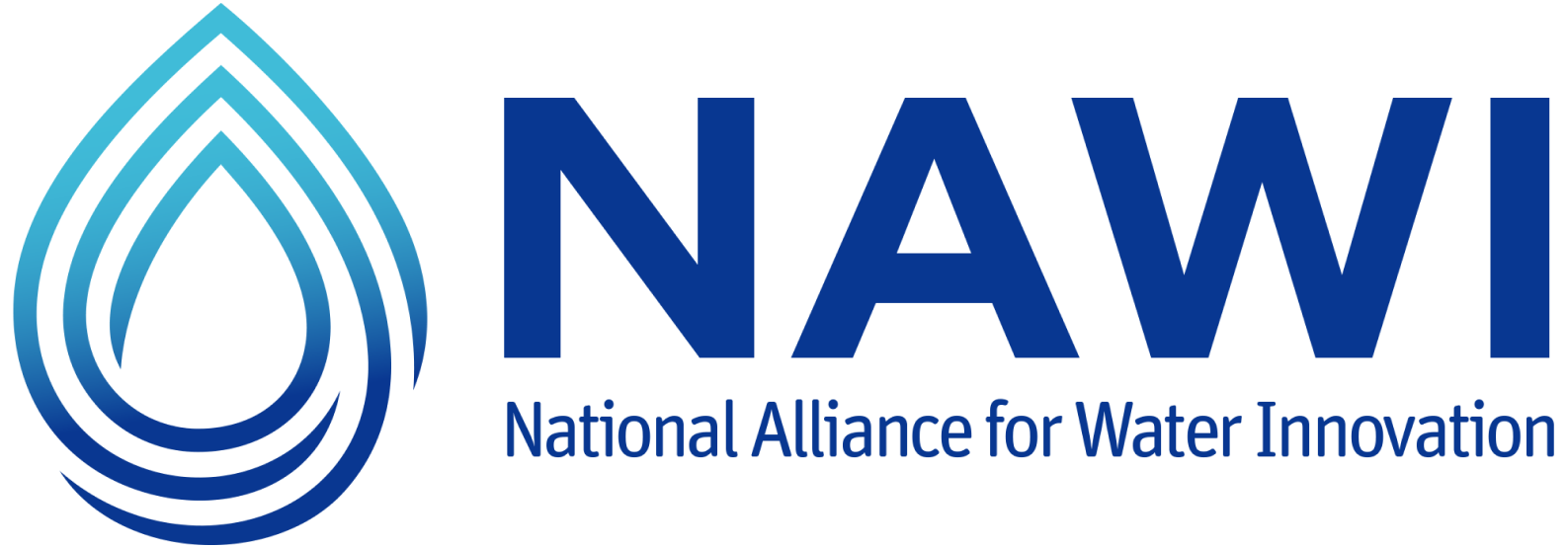water, always
not enough rain?
we can conserve.
then reuse.
and desalt.
Harmony’s promise
affordable desalting at scale.
design once, deploy anywhere.
how we’re different
minimal energy by variable pressure.
fouling-resistance with regular rinsing.
our partners
 |
 |
 |
 |
 |
Plum Creek Conservation District |


